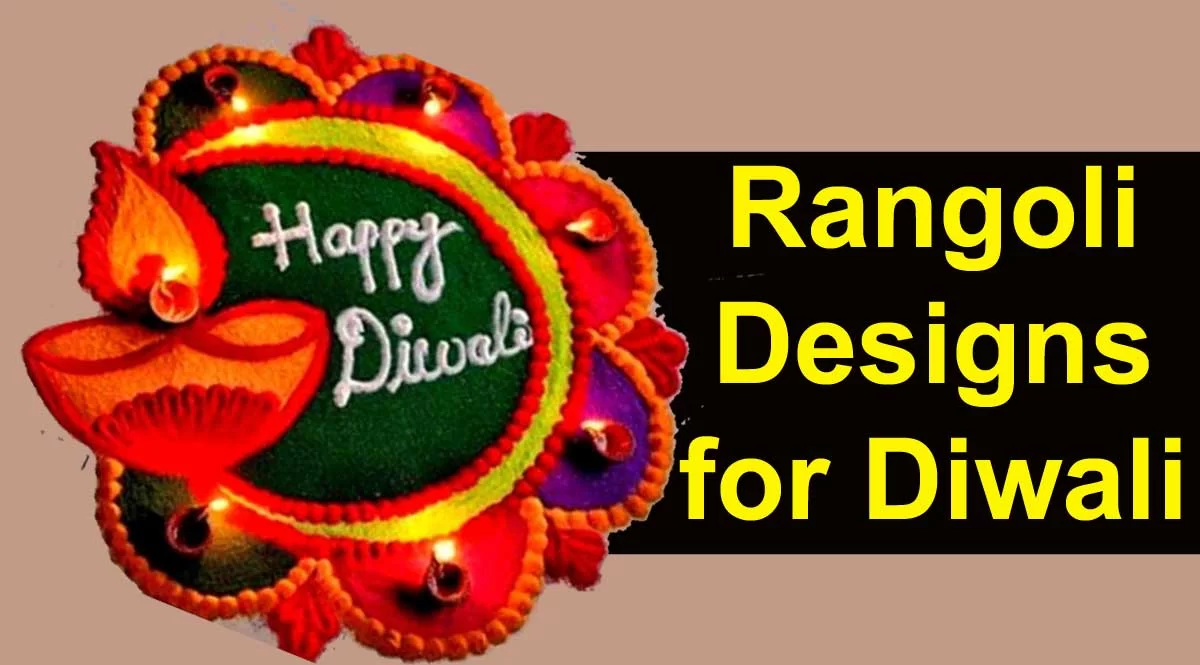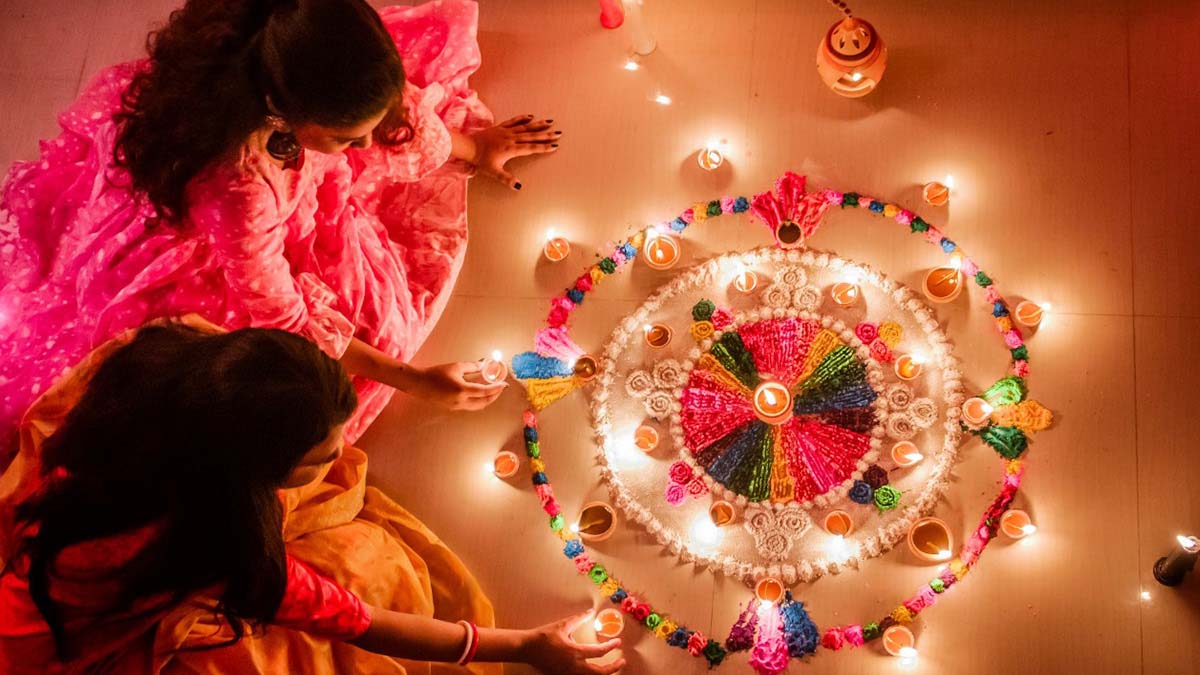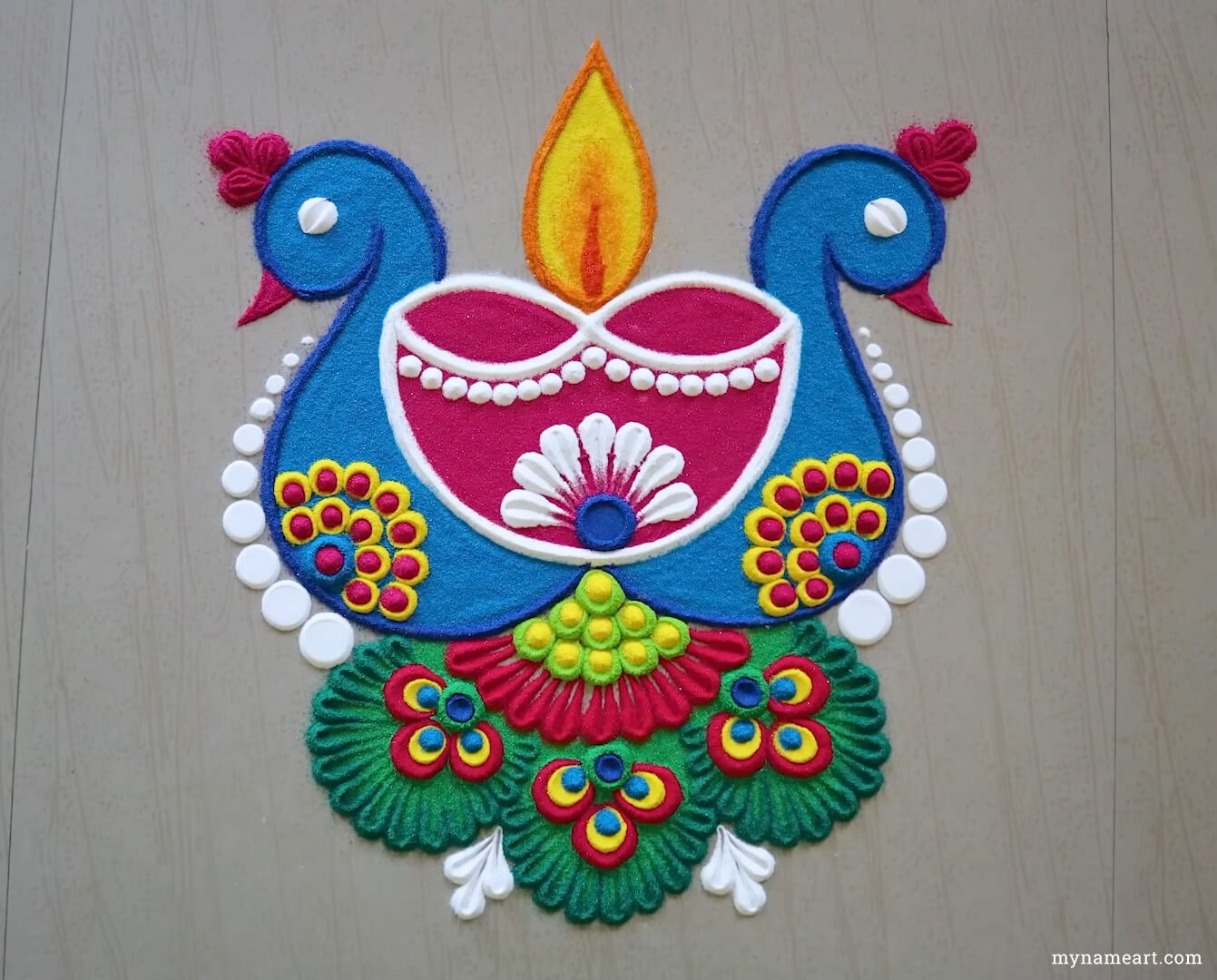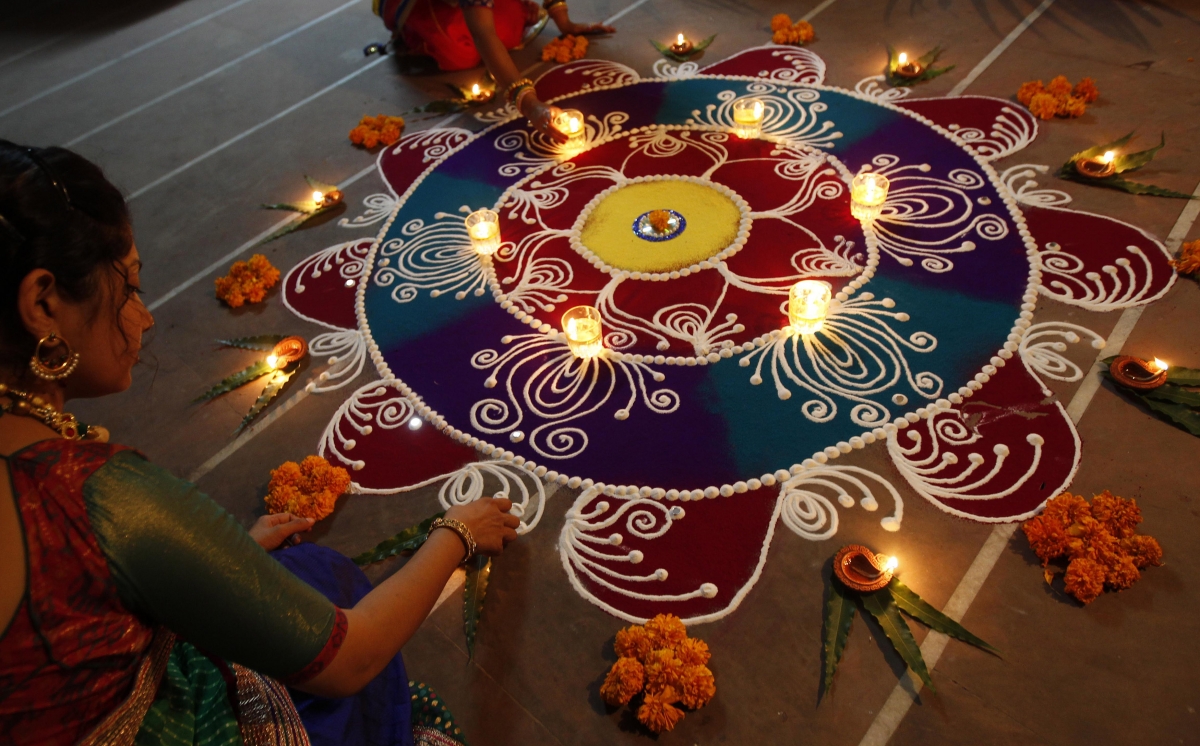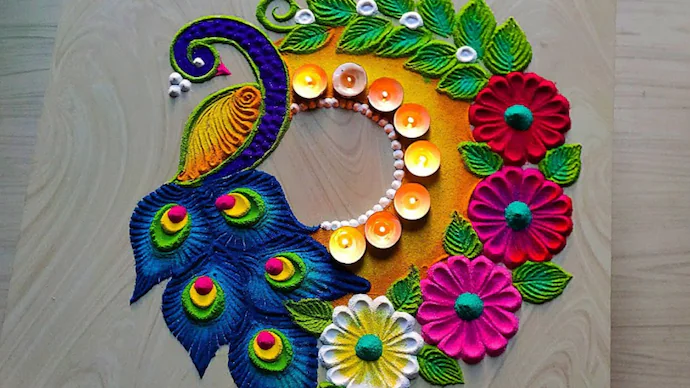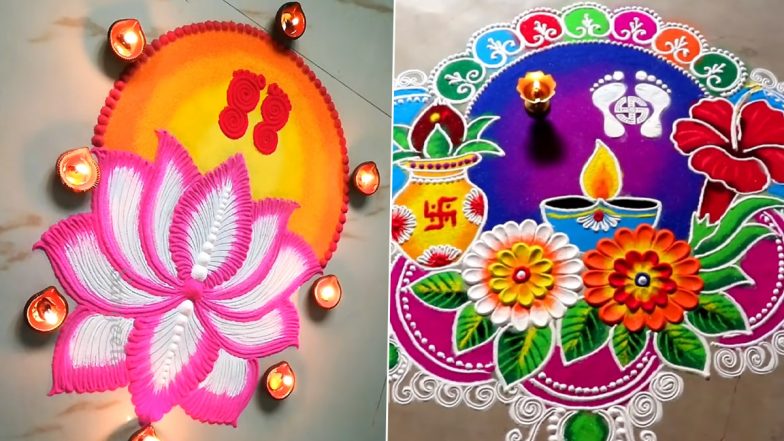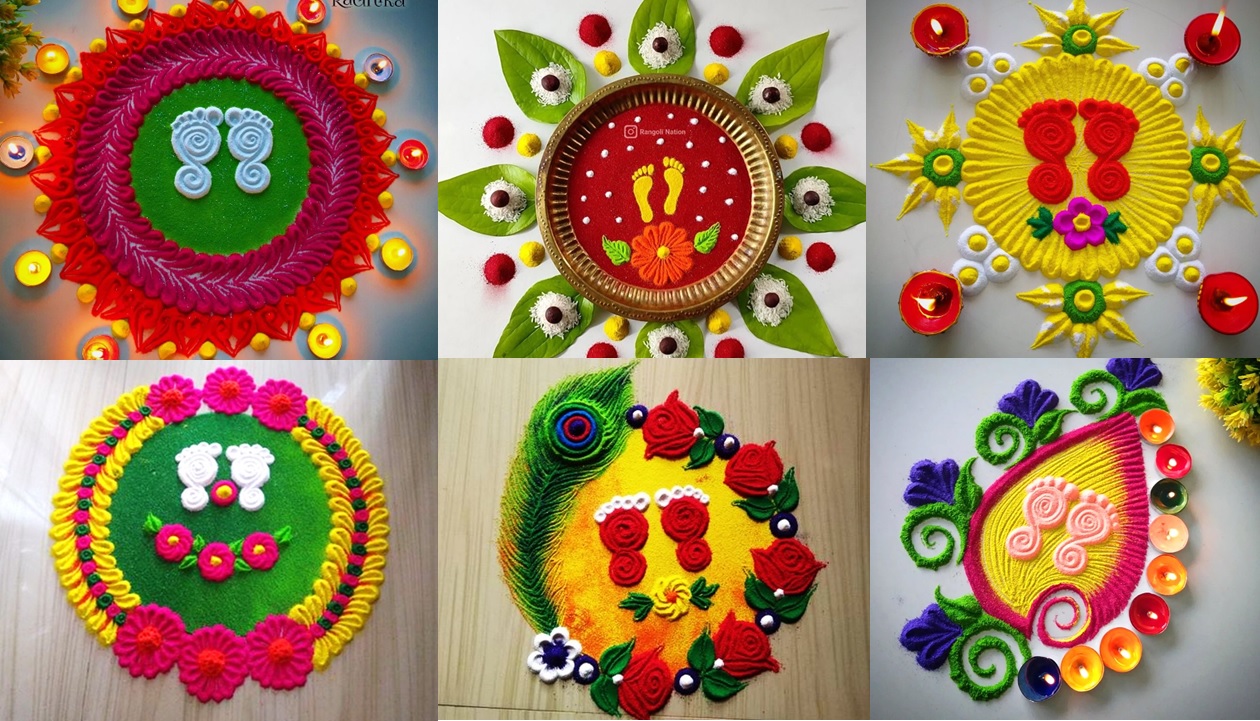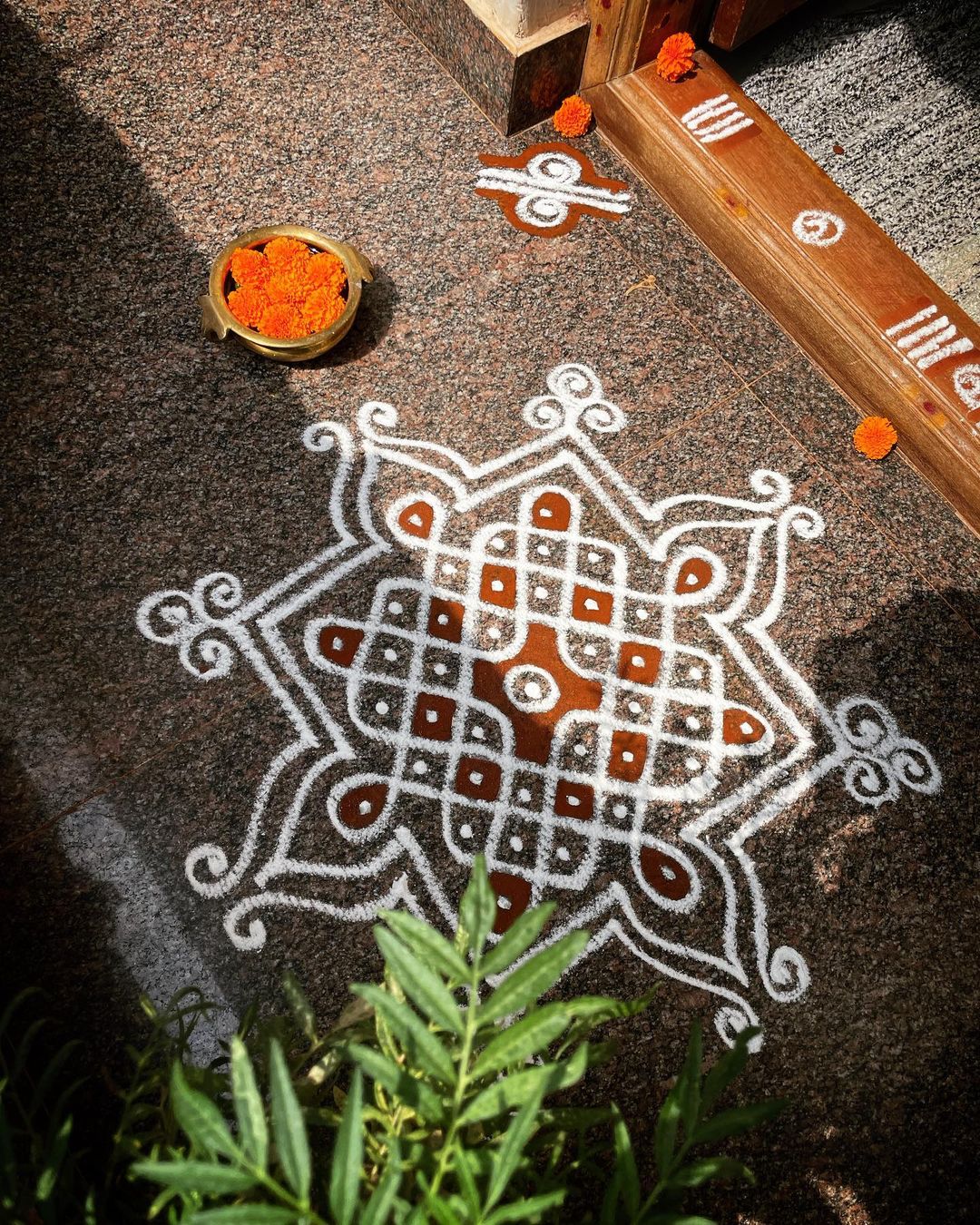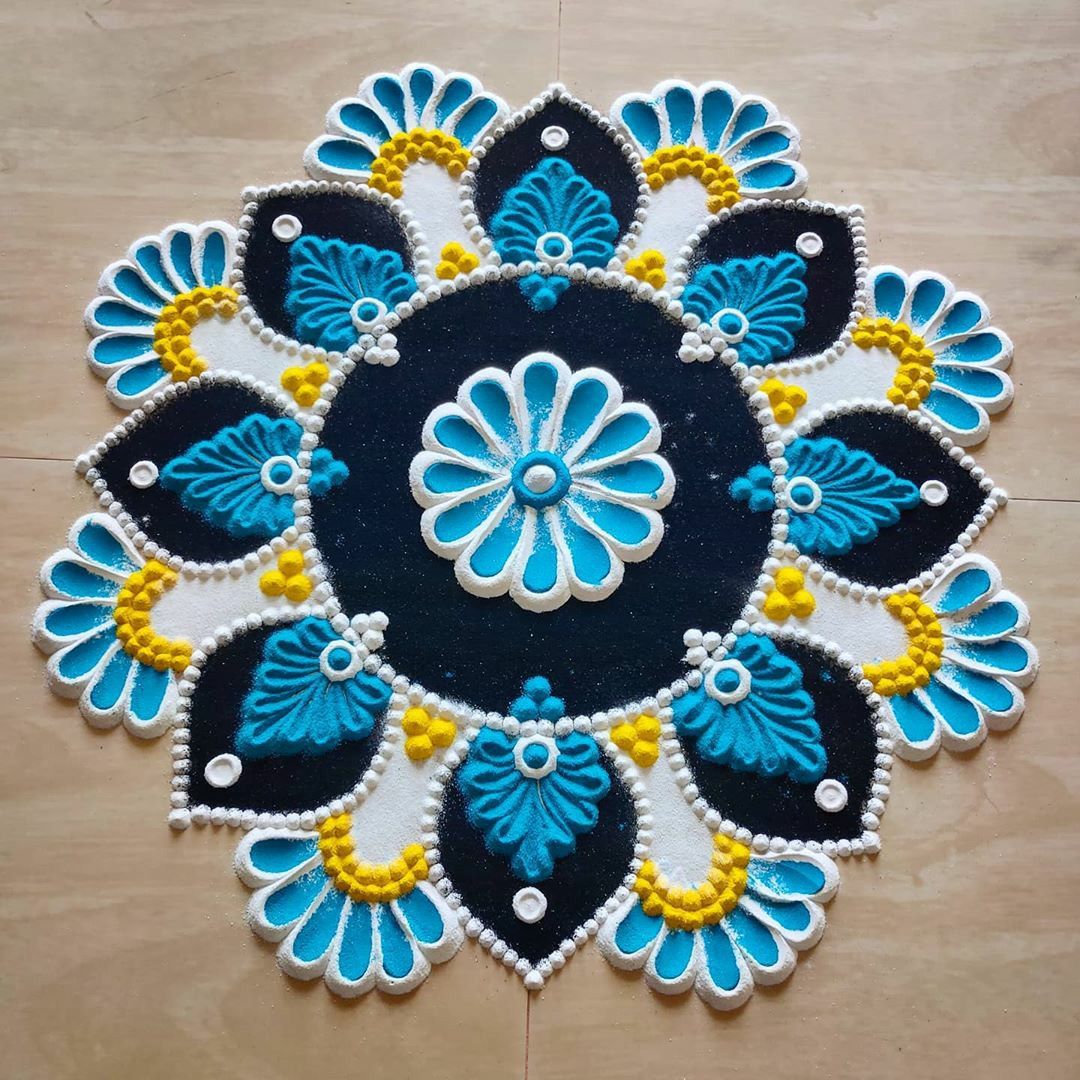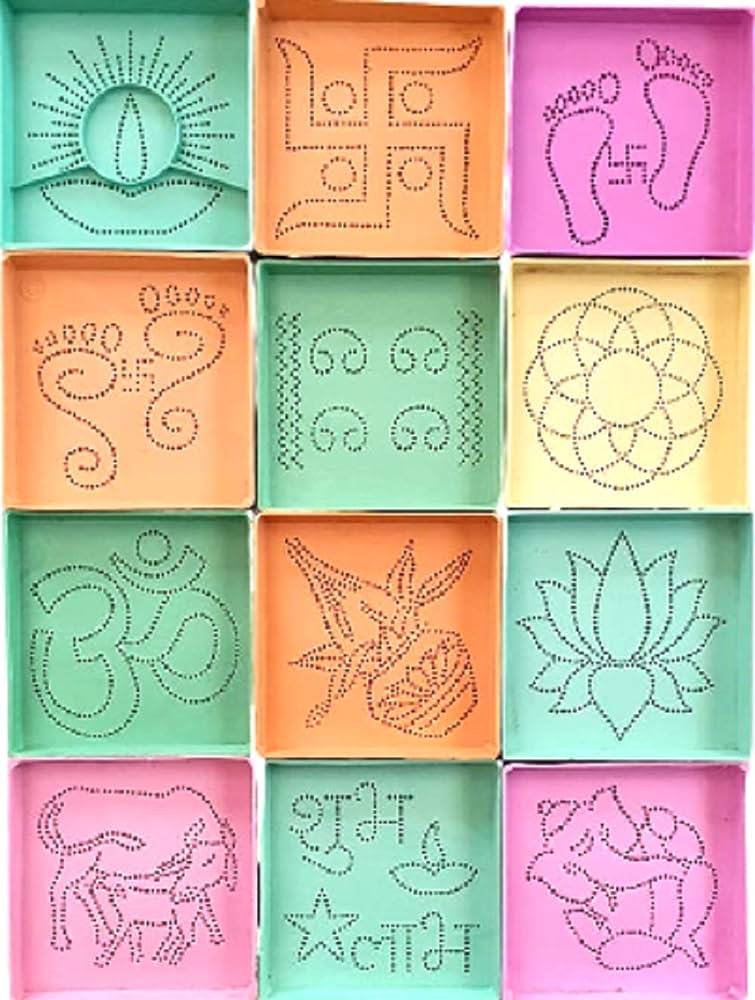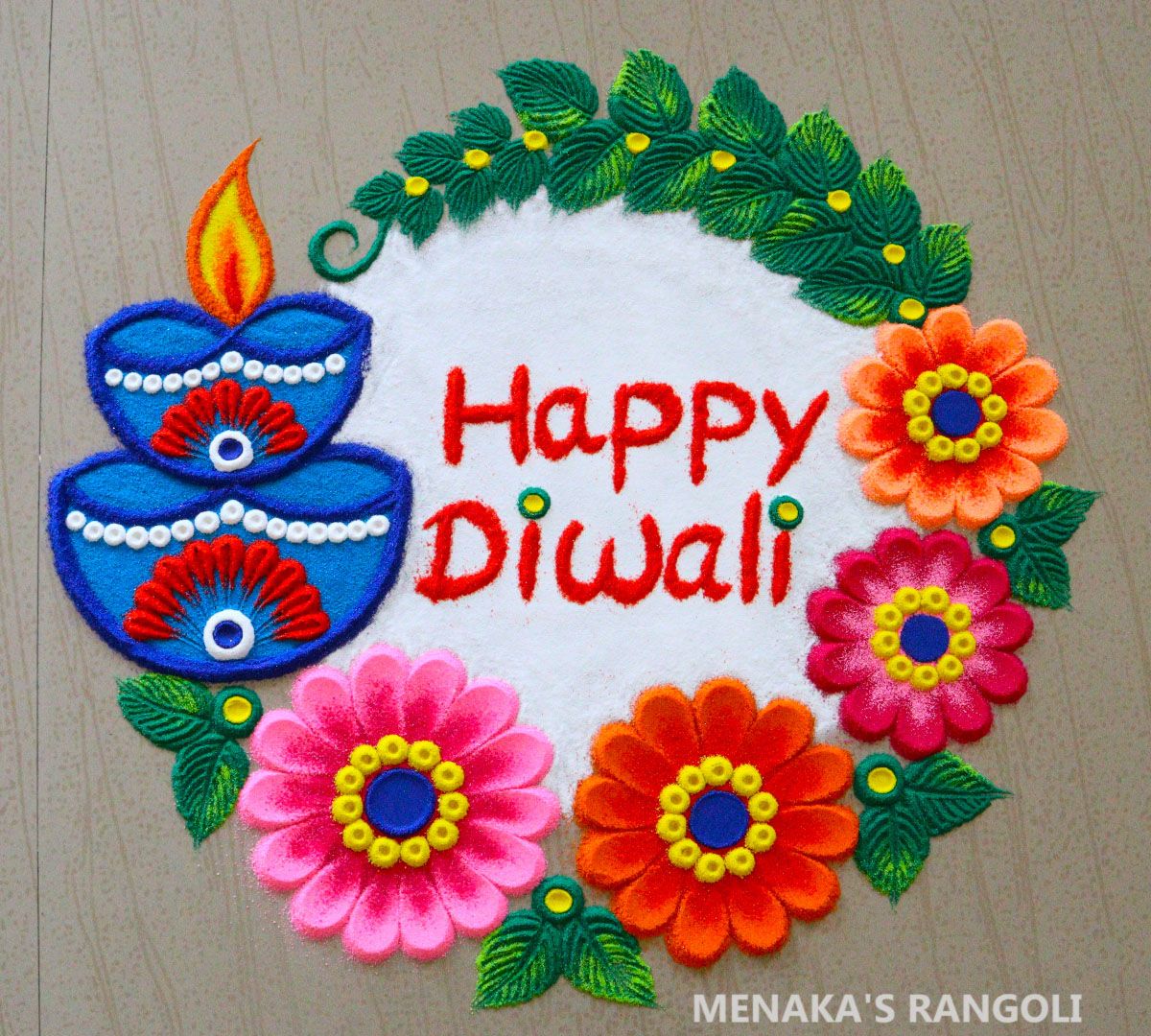Rangoli Designs for Diwali: A Collection of Colors and Tradition
Diwali, the Festival of Lights, is one of the most cherished and widely celebrated festivals in India. It’s a time when homes come alive with the glow of lamps and candles, and joy permeates the air. A significant part of Diwali decorations is the creation of intricate and colorful patterns on the floor, known as Rangoli. Let’s explore the fascinating world of Rangoli designs for Diwali, from its historical significance to the diverse designs and the techniques involved.
The Significance of Rangoli for Diwali
According to the Indian culture, making rangoli on important occasions like Diwali is believed to be auspicious. Rangoli signifies welcoming Goddess Lakshmi on Diwali. It is believed that making rangoli at the entrance of the house welcomes positive energy and wards off negative energy.
Rangoli, a Sanskrit word that translates to “colorful art,” is an art form deeply rooted in Indian culture. During Diwali, Rangoli takes on a special significance. It is believed that creating Rangoli designs at the entrance of homes and temples serves a dual purpose. First, it is a form of decoration that welcomes guests and invokes a sense of auspiciousness. Second, it is a spiritual and meditative practice that is thought to ward off evil and bring good luck.
The History of Rangoli for Diwali
The tradition of Rangoli is ancient, with roots that can be traced back to the Indus Valley Civilization. In ancient times, people used natural materials like rice flour, colored powders, flower petals, and grains to create Rangoli designs. Over the centuries, Rangoli has evolved into a highly artistic and intricate form of expression.
Some special patterns for Rangoli design for Diwali are the Diya also called Deep, Ganesha, Lakshmi, flowers or birds of India. The patterns include the face of Hindu deities, geometric shapes peacock motifs, and round floral designs.
Common Elements in Rangoli designs for Diwali
- Colorful Powders: Vibrant colors like red, yellow, orange, green, and blue are often used to create Diwali Rangoli. These colors symbolize the joy and celebration associated with the festival.
- Flower Petals: In some regions of India, fresh flower petals are used to create Rangoli designs. Marigold, rose, and lotus petals are popular choices for their vibrant colors and pleasant fragrance.
- Diyas (Oil Lamps): Diyas are placed within the Rangoli patterns to add a luminous touch. The combination of colorful patterns and the warm glow of diyas creates a mesmerizing effect.
- Rice Flour: In many households, white rice flour is commonly used to create traditional Rangoli designs. It provides a stark contrast to the colorful patterns.
Types of Rangoli Designs for Diwali
- Traditional Rangoli: These designs are usually geometric, symmetric, and consist of intricate patterns, often featuring flowers, leaves, and peacock motifs.
- Freehand Rangoli: These designs are more artistic and less structured, allowing for creativity and personal expression. Freehand Rangoli often includes religious symbols and images of deities.
- Theme-Based Rangoli: Some people create Rangoli designs that revolve around specific themes like religious symbols, cultural motifs, or contemporary issues.
- Dot Rangoli: This style involves drawing a pattern using a series of dots as a guide. Once the dots are connected, they form a beautiful design.
Tips for Creating Rangoli designs for Diwali.
- Plan your design: Decide on the design and color scheme you want to use.
- Clean the surface: Ensure the area is clean and smooth before starting your Rangoli.
- Use stencils or templates: Beginners can use stencils or templates to create more intricate designs.
- Practice makes perfect: Don’t be discouraged by initial imperfections. Rangoli, like any art form, improves with practice.
Rangoli designs for Diwali is not just an art form; it’s a cultural tradition that adds an extra layer of beauty and spirituality to the Festival of Lights. The process of creating Rangoli is a creative and meditative act that brings families together and creates a sense of unity and festivity. As you celebrate Diwali, consider incorporating Rangoli into your decorations, and let the vibrant colors and intricate designs fill your home with positivity and joy.
Happy Diwali!
